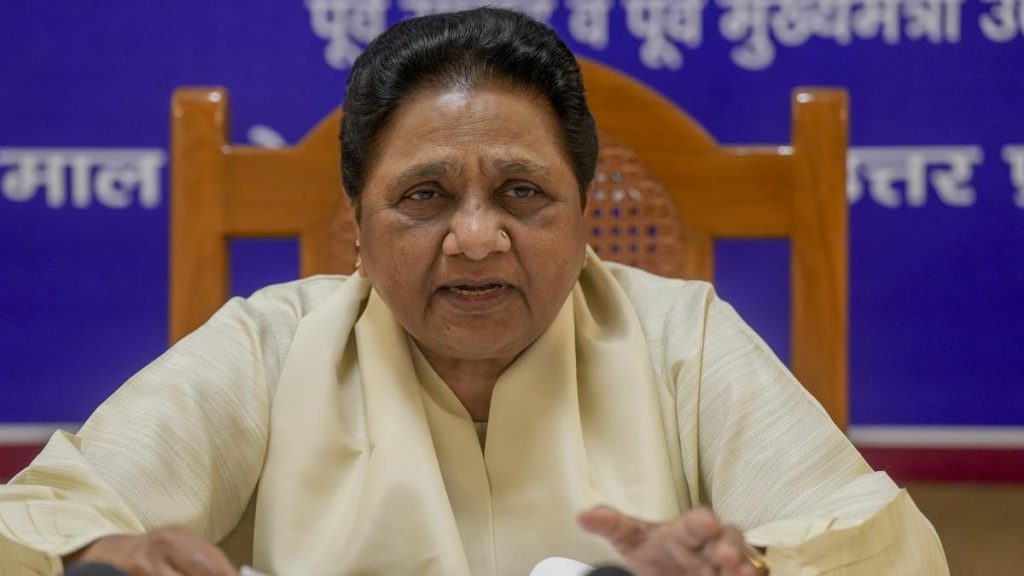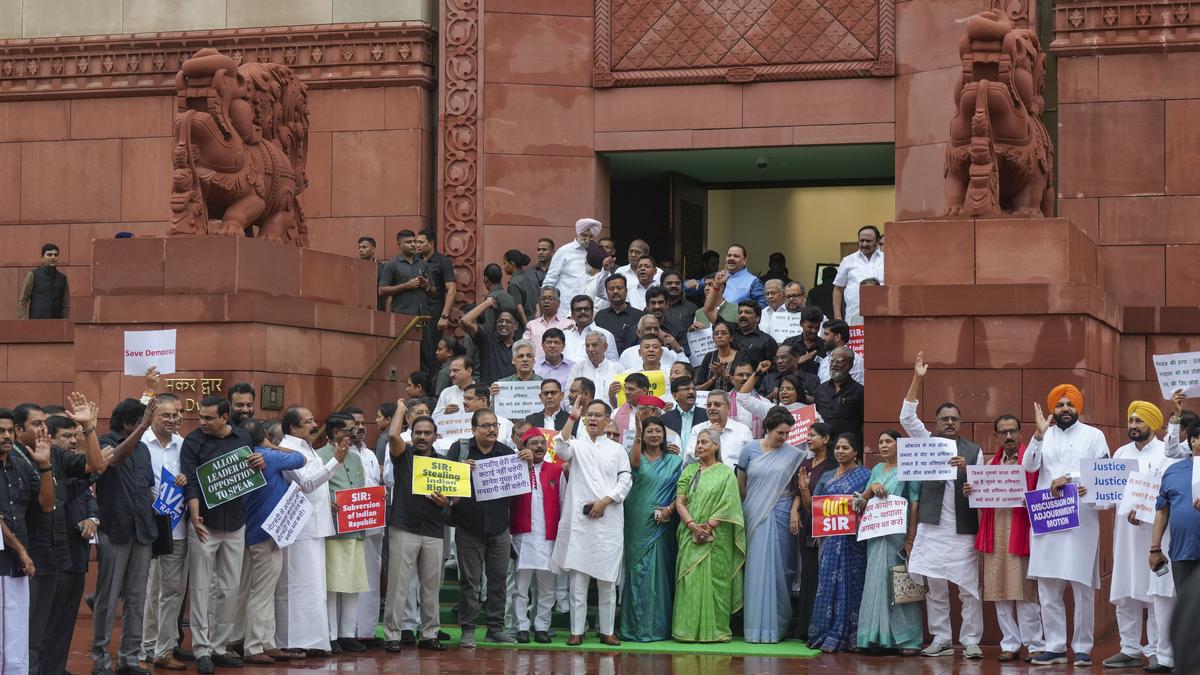Now Reading: U.S. Trade Pacts with Japan, Indonesia Offer Insights for India: Experts
-
01
U.S. Trade Pacts with Japan, Indonesia Offer Insights for India: Experts
U.S. Trade Pacts with Japan, Indonesia Offer Insights for India: Experts
Fast Summary
- U.S. President Donald Trump announced trade deals with Japan and Indonesia on July 22, 2025.
- Japan-U.S. Deal Details:
– Japan to invest $550 billion into the U.S., aiming to create “hundreds of thousands” of jobs.
– Japanese imports face a reduced tariff of 15%, down from the proposed 25%.
– Japan agreed to import a larger share of tariff-free rice from the U.S., under WTO’s minimum access framework (currently importing about 770,000 metric tons annually).
– Japan will open sectors for increased U.S. imports, including cars, trucks, and agricultural products.
- Indonesia-U.S. Deal Framework:
– Indonesia agreed to remove tariffs on about 99% of industrial, food, and agricultural items imported from the U.S.
– Purchases include $3.2 billion in aircrafts and $4.5 billion in agriculture products (soybeans, wheat) and also energy items worth $15 billion.
- Tariffs by the U.S. on indonesian imports reduced from an expected rate of 32% to just 19%.
- Both deals highlight strong American trade demands possibly impacting countries negotiating similar frameworks including India.
Indian Opinion Analysis
The aggressive nature of these trade agreements highlights key trends that India may need to consider while navigating its own trade discussions with the United States. The focus on strategic sectors such as agriculture underscores potential areas where India could face significant demands or concessions during talks.
Japan’s ability to ensure that rice import volumes remain within WTO-established limits despite increasing shares for america demonstrates careful negotiation tactics when safeguarding domestic priorities-a lesson relevant for India given existing deadlocks over agricultural terms with America.
Indonesia’s heavy tariff eliminations coupled with enforced large purchases raise concerns over how such agreements can limit regulatory autonomy and prioritize external interests over domestic industries’ growth-an crucial consideration for India given its broader goals around self-reliance (“Atmanirbhar Bharat”) policies and protectionist measures.
While these newly announced deals signal an assertive approach by Washington in global economic leadership through reciprocal benefits clauses like job creation in its markets-they also underline risks tied to hurried or imbalanced negotiations for emerging economies like India’s expanding base balancing growth + partners influences!!

























